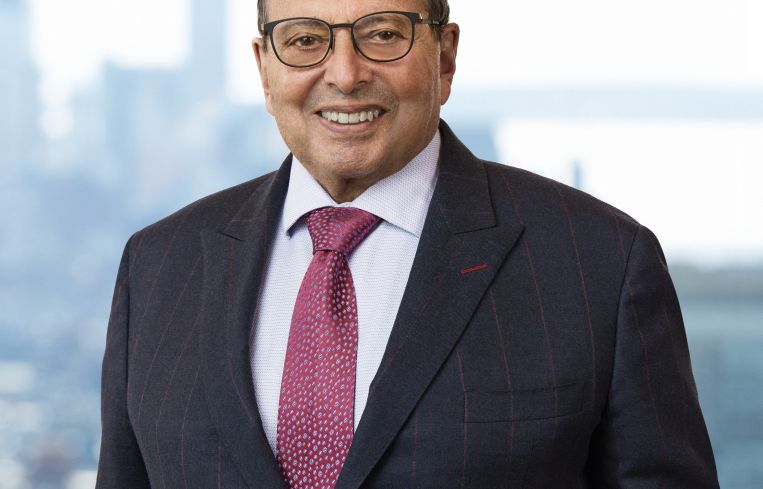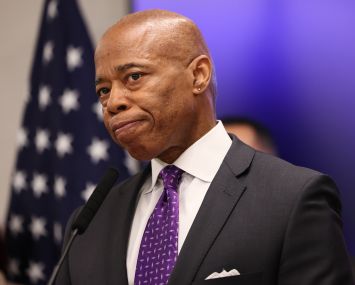Never Mind the Headlines — Much of the Office Market Has Rebounded
By Douglas Durst August 23, 2024 7:53 am
reprints
One of the advantages of running a 109-year-old family business is that you learn to play the long game.
However, a successful long-term perspective does not make for exciting headlines. Pundits and shortsighted investors continue to preach negativity about the market, seemingly wanting cities to fail. They must not — or choose not to — see what I see.
In the Class A office market, occupancies and rents are up. In 2023 alone, The Durst Organization inked upward of 1 million square feet of leases — our biggest year since 2018.
This is more than a market recovery. It’s a resurgence, and momentum is still building. The strength of the office market has been vastly underestimated. The market today has proven both resilient and adaptable, just like the up and down cycles before.
Of course, Class C and some Class B assets that have not seen investment over time have struggled. But, four years after the pandemic, Goldman Sachs recently declared that the worst is officially over. The long-predicted cataclysm hasn’t materialized.
Commercial real estate has never been a monolith. Long-term success has always depended on responding to — and successfully predicting — what tenants want. And, right now, quality office spaces are driving activity. There’s a defined trend lifting up properties that have been well invested in. An analysis from CBRE found that the top of the market is “impervious to the woes” of the lower end.
People want to be in the office and employers want them there. Employers see the value of the office to raise productivity, just as workers see value for networking, mentorship and career advancement. Fast Company just reported, “The return-to-office debate is settled: Offices are busier than ever.” Data from Placer.ai found markets including Manhattan, San Francisco and Washington, D.C., saw double-digit increases in office attendance compared to this time last year.
It has always been important to value location and to upgrade properties to respond to tenant demands. Firms with that approach are doing well and will continue to do well in the future.
A fall from pre-pandemic valuations hasn’t made downtown office markets “toxic.” In fact, some of the highest-performing submarkets in the country are in urban central business districts.
Take New York City’s Bryant Park submarket, just two blocks from Grand Central in Midtown. The submarket — spanning from 40th to 44th streets, Fifth to Sixth avenue — is one of the highest-rent, lowest-vacancy office districts in all of New York City, despite having a mix of prewar, midcentury and contemporary buildings.
Investments by owners have made the submarket attractive, with just a 6 percent vacancy rate in Class A buildings and spaces that regularly command $180 or even $200 per square foot — the top of the top of the market.
What we’ve experienced isn’t a crash but a correction. The post-pandemic market suffered from a too rapid rise in interest rates causing steep devaluation of properties.
Yes, individual properties still face financial stress. The inability to secure financing due to de facto Federal Reserve policy has imperiled even some otherwise profitable buildings. We have to get banks lending again. Many buildings need not just financing, but also new capital to improve and provide the quality and amenities today’s tenants are demanding.
But I think the pundits have had it wrong these past few years. They’re missing the market’s vitality and resilience. I’m placing my bets on the strength of cities, the Class A market, and the clear demand for office spaces that we experience every day.
Douglas Durst is chairman of The Durst Organization, an owner and developer.


